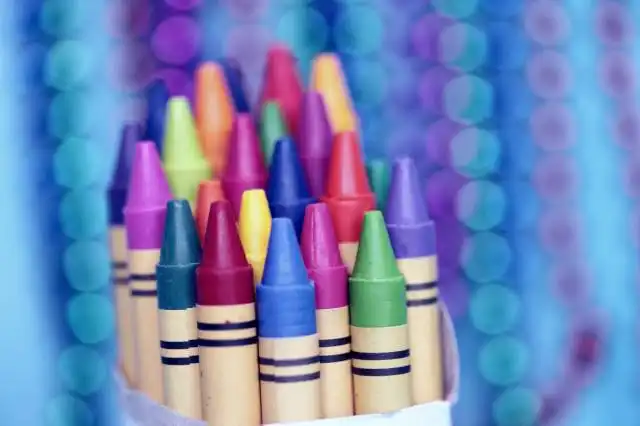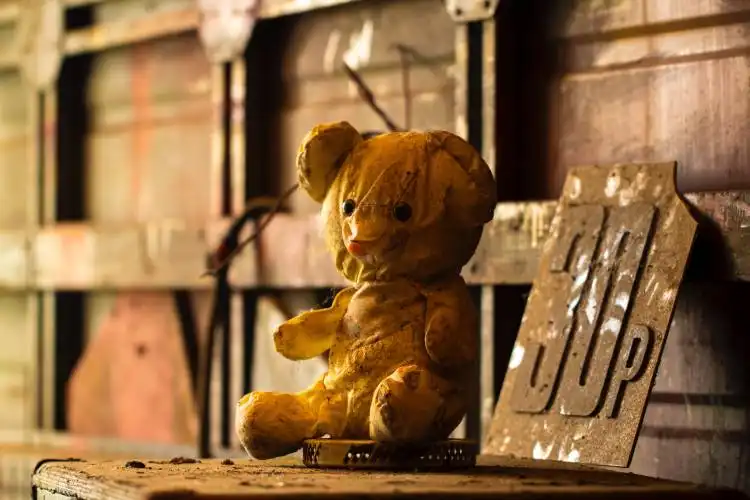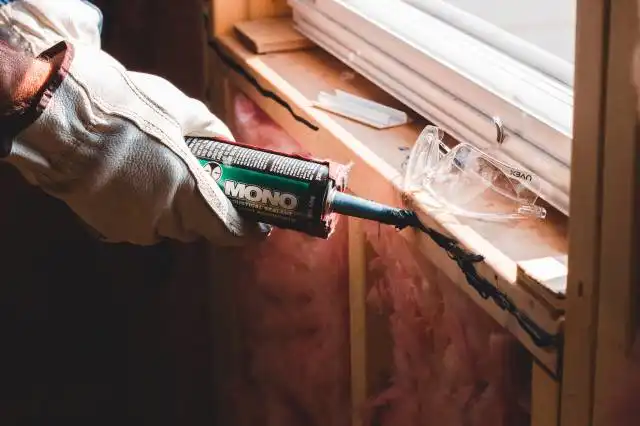Start a Toy Store
Hopping Onto the Bandwagon of Childhood Bliss: Launching Your Own Toy Store
| Updated


TOY STORE
Get ready to initiate a surge of pure joy and unadulterated childhood bliss – welcome to the concept of starting a Toy Store! Consider this opportunity as your golden ticket to transport both kids and adults back to the delights of their most cherished life stage – all while adding coins to your own kitty. The business is essentially a colorful, magical world filled with an array of toys, educational games, and playful treasures, offering something for every whimsical heart and curious mind. Just remember, as a toy store owner, your mantra should be “safety, fun, and learning”, all packaged in the forms of tiny, enchanting playthings!
Jump to Business Plan
RELATED BUSINESS IDEAS
Browse ALL Retail & Shopping Business Ideas
Discover Your Perfect Domain
Unlock the door to your online success with our hand-picked selection of premium domain names. Whether you're starting a new venture or rebranding an existing one, the right domain can set the tone for your digital presence. Browse through our curated list, each with its unique potential to enhance your brand's visibility and credibility.
TOY STORE MINI BUSINESS PLAN
This a quick reality check to help you identify the strengths and weaknesses of your business concept before you dive in.
Toy Store Business Analysis
Expected Percent Margin:
- Gross Profit Margin: 45-55%
- Net Profit Margin: 5-10%
Earnings Expectations:
- Daily Earnings: $200 - $800
- Weekly Earnings: $1,400 - $5,600
- Monthly Earnings: $6,000 - $24,000
- Annual Earnings: $72,000 - $288,000
Actions to Achieve These Numbers:
Inventory Management:
- Initial Investment: Approximately $50,000-$100,000
- Supplier Relations: Connections with at least 3-5 reliable toy manufacturers and suppliers for diverse product selection
Marketing and Customer Acquisition:
- Online Presence: Daily updates on social media platforms to advertise products
- Local Marketing: Regular engagement with local communities, like donations to children’s charities and sponsorships for local events
Sales and Customer Experience:
- Staffing: Hire 1-3 staff members depending on store size, must be knowledgeable and passionate about toys
- Store Environment: Maintain a clean, bright, and welcoming store with easy-to-navigate product displays
Cost Management:
- Location Rent: Pick a location where rent should be below 15% of your expected monthly earnings
- Overhead Costs: Budget for overheads such as electricity, internet, cleaning etc., approximately $200-$600 depending on location
Business Operations:
- Operating Hours: Open at least 6 days a week, ideally 9-10 hours a day
- Transaction Volume: Aim for an average of 20 transactions daily at an estimated average price point of $40
Please note that these figures are estimates and can significantly vary based on a multitude of factors. Always consult with a professional business analyst or financial advisor for personalized expert advice.
NOT WHAT YOU HAD IN MIND? Here are more ideas



Browse ALL Retail & Shopping Business Ideas
Grab Your Business Website Name
Before you get caught up in the whirlwind of setting up your business, invest in a domain name. It's a small but significant step that lays the foundation for your brand and makes it easier for customers to find and trust you. Just like you wouldn't build a house without securing the land first, don't build a business without securing your domain name.
"Why? Can't that wait?" Here's why it shouldn't
Step 1: Determine if a Toy Store is the Right Business Endeavor
Breakdown of Startup Expenses
When starting a toy store, it is important to understand the startup costs associated with the business. These costs can include the cost of the physical store, inventory, marketing, and other miscellaneous expenses. It is important to research the costs associated with each of these items in order to ensure the business is financially viable. Additionally, it is important to consider the cost of any necessary licenses or permits that may be required to operate a toy store.
Breakdown of Ongoing Expenses
Once the business is up and running, there will be ongoing expenses associated with the business. These expenses can include rent, utilities, payroll, inventory, marketing, and other miscellaneous expenses. It is important to understand the costs associated with each of these items in order to ensure the business is financially viable. Additionally, it is important to consider the cost of any necessary licenses or permits that may be required to operate a toy store.
Examples of Ways to Make Money
There are a variety of ways to make money with a toy store. These can include selling toys, offering services such as birthday parties or classes, or selling other items such as books or clothing. Additionally, it is important to consider the potential for online sales, as this can be a great way to reach a larger audience. It is important to research the potential for each of these revenue streams in order to ensure the business is financially viable.
Step 2: Name the Business
The second step to starting a toy store is to name the business. It is important to choose a name that is memorable and easy to pronounce. It should also be relevant to the business and reflect the values and mission of the store. Consider using a combination of words that evoke a feeling or emotion related to the store. For example, if the store is focused on selling eco-friendly toys, the name could include words like “green” or “eco”. Additionally, it is important to make sure the name is not already taken. Research the name to make sure it is not being used by another business. Additionally, it is important to check if the domain name is available. If the domain name is not available, it is best to choose another name.
Once the name is chosen, it is important to register the business with the state and obtain a trademark. This will help protect the business from any potential legal issues in the future. Additionally, it is important to register the domain name and any social media handles associated with the business. This will help ensure the business has a strong online presence. Finally, it is important to create a logo for the business. This will help customers recognize the business and create a sense of brand loyalty.
Step 3: Obtain Licenses and Permits
The third step to starting a toy store is to obtain the necessary licenses and permits. Depending on the state and local regulations, this may include a business license, a seller's permit, a zoning permit, and a health permit. It is important to research the regulations in the area to ensure that all necessary permits are obtained. Additionally, it is important to check with the local Chamber of Commerce to find out what other permits may be required. It is also important to check with the local fire department to ensure that the store meets all safety requirements. Finally, it is important to check with the local health department to ensure that the store meets all health and sanitation requirements.
Step 4: Find a Location
Finding the right location for a toy store is essential to the success of the business. It should be in a high-traffic area, preferably near other stores that cater to children and families. It should also be accessible to customers, with plenty of parking and easy access to public transportation. Consider the demographics of the area and the type of toys that will be sold. If the store is in a rural area, it may be necessary to have a website and online store to reach a wider audience. It is also important to consider the cost of rent and utilities for the location. Make sure to research the local zoning laws and regulations to ensure the store is in compliance. Finally, consider the security of the location and the safety of the customers.
Step 5: Secure Financing
Securing financing for a toy store can be a challenge, but there are a few options available. Small business loans are one of the most common forms of financing for new businesses. These loans can be used to cover startup costs, such as inventory, equipment, and rent. Additionally, many banks and credit unions offer lines of credit for small businesses. This type of financing can be used to cover ongoing expenses, such as payroll, marketing, and utilities.
Another option for financing a toy store is to seek out investors. Investors can provide capital in exchange for a stake in the business. This type of financing can be beneficial, as it can provide a larger sum of money than a loan. However, it is important to remember that investors will want to see a return on their investment.
Finally, crowdfunding is another option for financing a toy store. This type of financing involves raising money from a large group of people, usually through an online platform. While crowdfunding can provide a significant amount of capital, it is important to remember that it can take a lot of time and effort to reach the goal. Additionally, it is important to be aware of any fees associated with crowdfunding platforms.
Step 6: Purchase Inventory
Once the business is registered and the store is ready, it is time to purchase inventory. This should include researching the best vendors and suppliers to purchase from, as well as the types of toys that will be sold. It is important to consider the target market and the type of toys that will be most appealing to them. It is also important to purchase a variety of toys to ensure that customers have a wide selection to choose from. Additionally, it is important to purchase toys that are safe, durable, and age-appropriate. It is also important to consider the cost of the toys and the profit margin that can be made on each item. Finally, it is important to purchase enough inventory to meet customer demand.
Step 7: Market the Business
Once the business is up and running, it is important to market the store to potential customers. This can be done through a variety of methods, such as creating a website, advertising on social media, and attending local events. Additionally, it is important to create a unique brand identity that will help customers remember the store and come back for more. It is also important to reach out to local media outlets and bloggers to help spread the word about the store. Additionally, consider partnering with local organizations and businesses to help promote the store. Finally, consider offering discounts and promotions to help draw in customers.
Step 8: Hire Employees
Hiring employees is an important step in starting a toy store. It is important to find people who are passionate about toys and customer service. It is also important to make sure that the employees have the necessary skills to help customers find the right toy for their needs. It is also important to make sure that the employees are familiar with the store's policies and procedures. To find the right employees, it is important to post job openings in local newspapers and online job boards. It is also important to use word-of-mouth referrals and to attend job fairs. Additionally, it is important to conduct background checks and interviews to ensure that the employees are a good fit for the store. Once the employees are hired, it is important to provide them with adequate training and to make sure that they understand the store's policies and procedures.
Step 9: Open the Store
The ninth and final step in starting a toy store is to open the store. This can involve a variety of tasks such as signing a lease, stocking the shelves, and hiring employees. It is important to make sure that the store is stocked with a variety of toys that appeal to a wide range of customers. Additionally, it is important to make sure that the store is properly staffed and that the staff is properly trained. The store should also be properly advertised and marketed to ensure that customers know that the store is open for business. Finally, it is important to make sure that the store is properly insured and that all safety regulations are followed. By following these steps, the toy store should be ready to open and start selling toys.
EXPLORE MORE CATEGORIES
Browse ALL Business Idea Categories
TAKE THE NEXT STEPS










